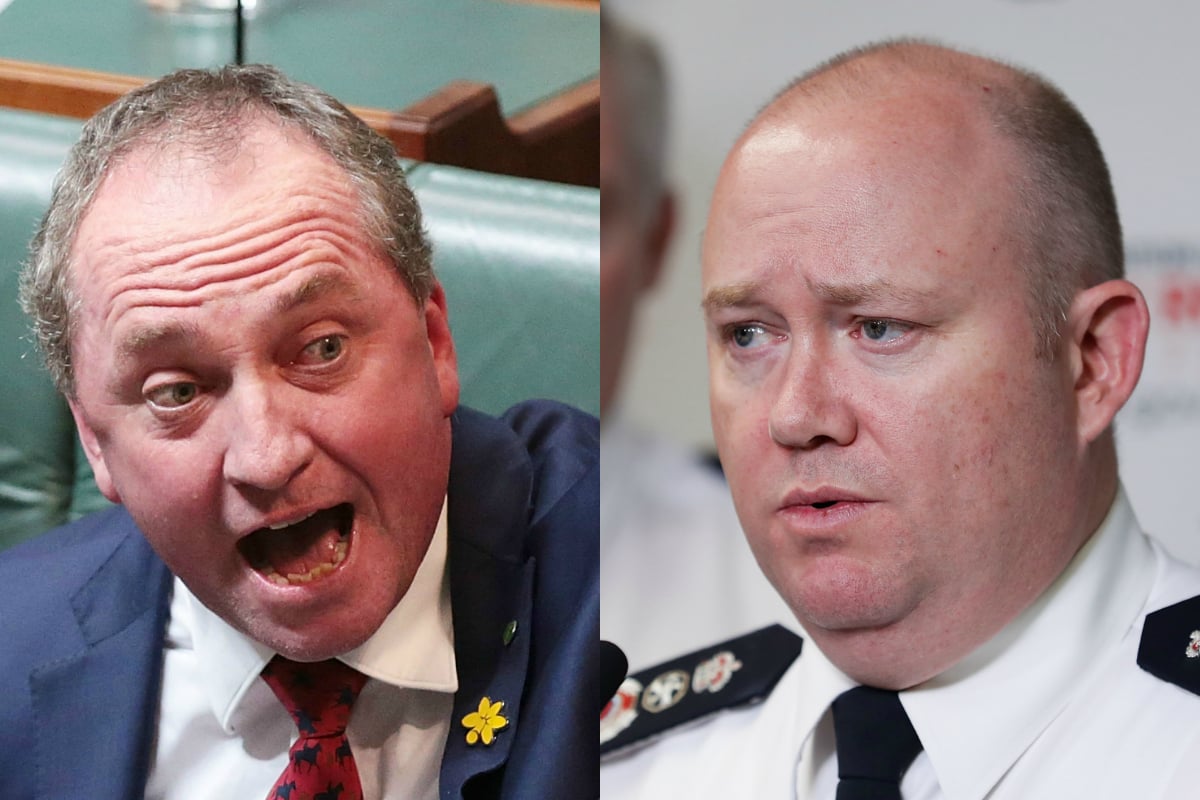
In November 2019, as the current bushfire crisis began to gather momentum, Nationals senator Barnaby Joyce pointed his finger across the aisle of Parliament House.
“The problems we have got have been created by the Greens,” the former party leader turned backbencher told The Australian.
“We haven’t had the capacity to easily access [hazard] reduction burns because of all of the paperwork that is part of green policy.”
Watch: This is what it’s like inside a NSW RFS truck. Post continues below.
It’s a persistent argument being slung around as the disaster has unfolded; a disaster that, so far, has claimed 25 lives, thousands of homes and close to 10 million hectares of land in the eastern states.
The argument, which has largely been championed by conservative media commentators, suggests that ‘Greenie’ MPs and officials prevented hazard-reduction activity prior to the bushfire season, in an effort to protect native plants and animals. This, the commentators claim, allowed fuel loads (such as leaf litter, grasses, shrubs etc.) to build up and thereby resulted in the current fires being more severe than they would otherwise have been.

Top Comments
So why exactly do we hear these stories about people receiving huge fines for clearing their own land, cutting fire breaks and/or burning off on their own land? Why is it illegal to remove fallen vegetation from national parks? Who is responsible for these policies and why do they exist?
It's disingenuous to argue that the Greens have no impact on policy because they're not running the government. There are plenty of Greens in local council influencing policy and every time a government relies on a Greens vote to get policy through the Senate, then the Greens are using their political power.
People forget that the Greens aren't in power anywhere. Even if their policies WERE to prevent back burning, they're just policies. They'd have to be approved by the rest of government to be actioned.